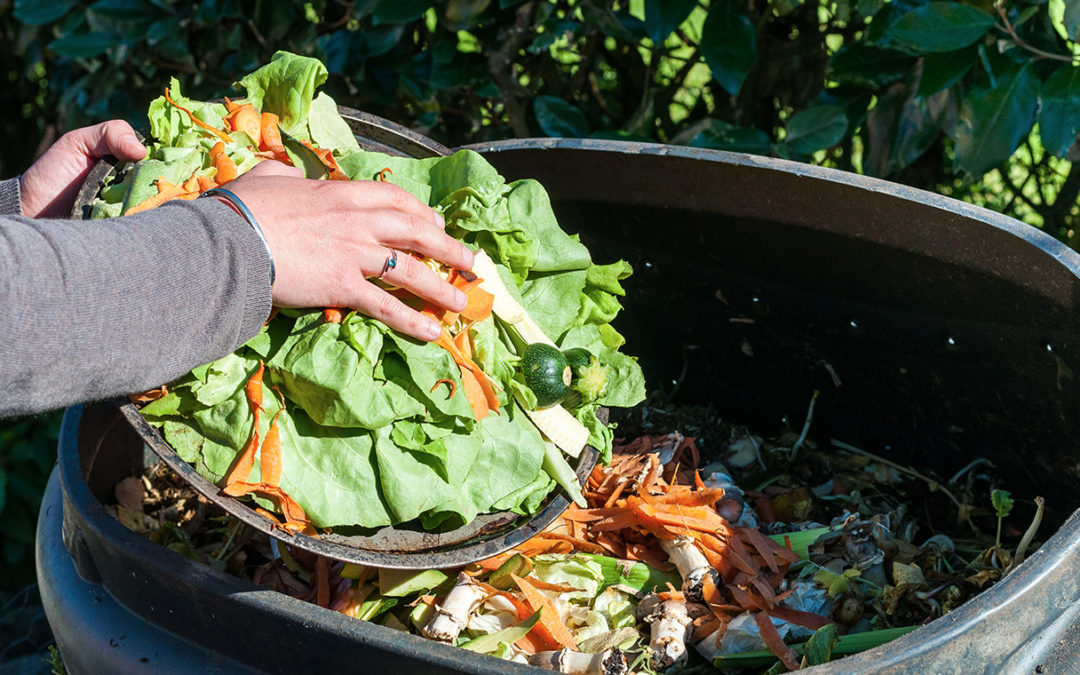Today is World Food Day.
How many of us take food for granted? For many of us, food is so plentiful that we frequently don’t give it the respect and value it deserves. Yet, there are many people around us, and beyond our localities who don’t have enough food.
It’s tragic, because there’s more than enough to go round yet a third of all food gets wasted, causing unnecessary land degradation, deforestation and water pollution. All that wasted food causes a whopping 8-10% of the world’s emissions contributing to climate change.
Between 700 and 800 million people go to be hungry every night.
Food poverty isn’t limited to far off places. I organise a weekly food collection in my street for a local foodbank in Leeds. During lockdown, they’ve been providing for an increasing number of people needing help with putting food on their tables.
To mark World Food Day, I’m sharing some food saving tips for home and for food sector businesses. The home tips are pretty easy things to do and changing your habits will save you money. Equally, identifying losses in food workplaces will also help the bottom line.
Food Tips for Home
- Buy what you need – don’t be tempted by offers like BOGOFs (buy one get one free) that you’ll never use. It’s a waste of your money, as well as food.
- Cook what you need, for example, weigh out your pasta and rice. Generally, 75g is the recommended portion size. Experiment and work out whether you do need that much per portion. I ask my family how hungry they feel and adapt quantities accordingly.
- Plan your meals around ‘left-overs’ or use them for lunches. It’s a great way to make dinner time more inventive too. There’s plenty of tasty ideas here.
- Beware of overzealous ‘Best Before’ dates. A lot of food items don’t go off before this date. Unopened tins and dried foods are examples. You can find out more from this directory created by WRAP.
One BIG Tip for Business
There are lots of environmental issues around our food system value chain. Opportunities to develop sustainable practices range from understanding energy and water usage, avoiding losses (food waste) within your processes, to choice and source of ingredients, packaging and refrigeration….
‘Greening’ you processes and your offering will provide you with a myriad of benefits. Consider the cost savings, the attractiveness to green consumers and enhanced sense of wellbeing within your teams, for starters. Here’s the big tip!
- How much are you tipping in the bin? Work out where the food waste is in your organisation and start to measure it. Data is key to identifying waste and driving it down along with associated costs. If you don’t know where to start, give me a shout!
When you waste food, you’re paying for more than just the food itself. You’re also paying for someone to prepare it, paying for the energy to cook/process it and store it and paying for someone else to take if off your hands as food waste.
That amounts to a lot of cost implications, as well as carbon impacts.
There are many other changes you can begin to investigate. Start to understand where you can make these improvements by talking to me or join this short course;
COMING SOON;
Carbon Literacy training for the Food Sector
Carbon Literacy is “An awareness of the carbon dioxide costs and impacts of everyday activities, and the ability and motivation to reduce emissions, on an individual, community and organisational basis.” More about the course here.
If you are interested in pre-registering for Carbon Literacy training email, or ask for a call to get more information.


Recent Comments